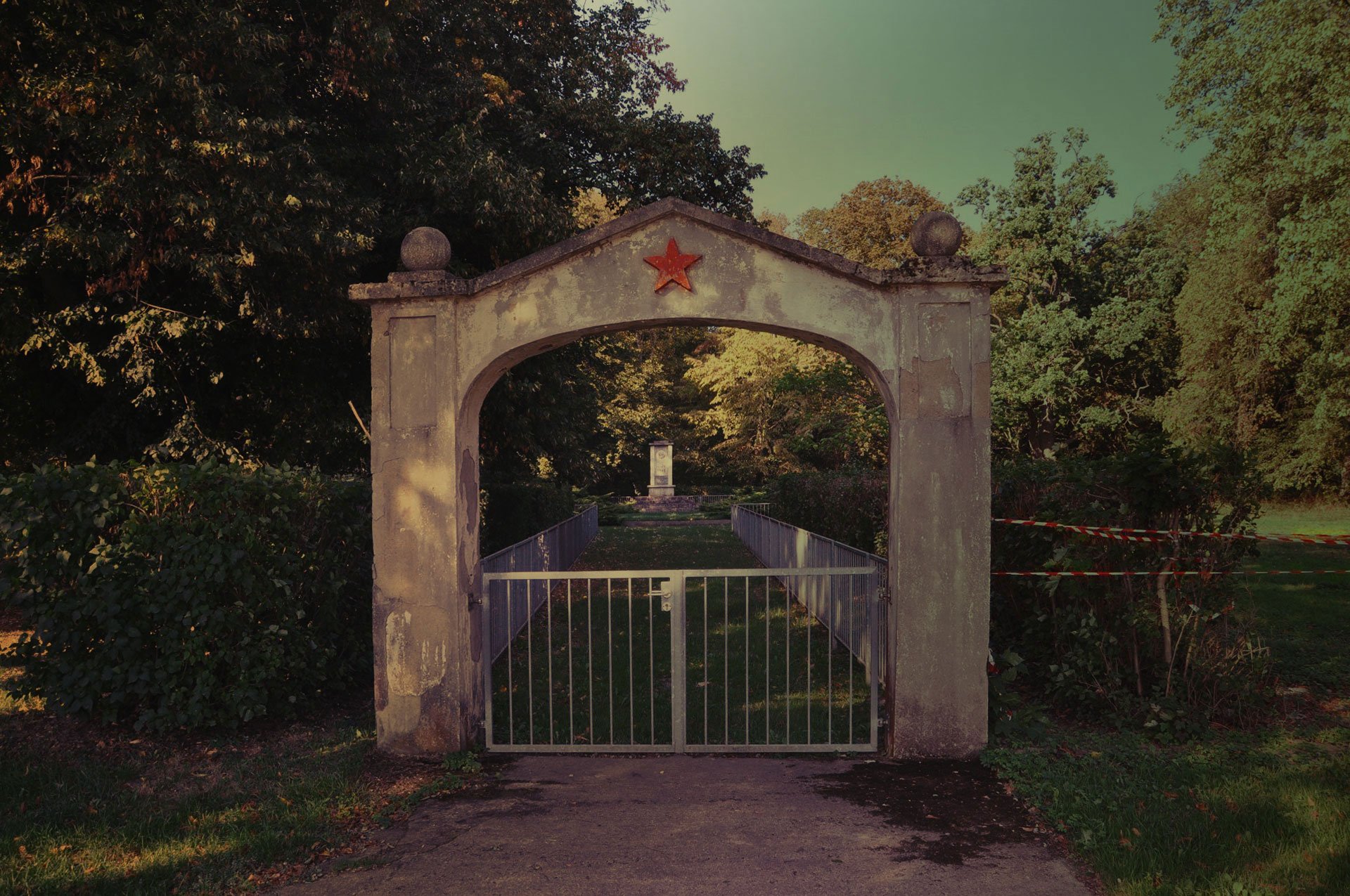Schloss Hohenholz war von 1280 bis 1945 in Besitz der Familie von Eickstedt.
Das 1840 erbaute Herrenhaus diente zum Ende des zweiten Weltkrieges als Lazarett für die Rote Armee, die um den 20.4.1945 die deutschen Wehrmacht besiegte. Ein sowjetisches Denkmal erinnert daran. Nach Abzug der Truppen wurde das Haus als Flüchtlingsunterkunft für aus Polen vertriebene Deutsche, später als Kulturraum für Kino und Veranstaltungen sowie einen Dorfkonsum genutzt.
Um die Zeit der NS-Zeit ranken sich viele Mythen. Eine besagt, dass die Haushälterin der schwedischen Geliebten des Wehrmachtsoffiziers und Piloten v.Eickstedt , eine in Linz mit Hitler zusammen zur Schule gegangene Frau war, die Hitler schon für die Jugendjahre einen äusserst unangenehmen Charakter bescheinigt. Einen Charakter, der ihn sehr unbeliebt bei seinem Mitschülern machte.
Si este monumento antes era un hospital,
Podemos construir un hospital acá
un hospital como queremos
un hospital para cuidarnos
para dormir
para dejarnos morir
y encontrarnos del otro lado
de un otro lado
podemos construir un hospital acá
en esta casa abandonada
entre estas cosechas
en esta lluvia
podemos construir un hospital acá
para aprender otras formas de estar
para aprender otras formas de mirar
podemos construir un hospital acá.
if this monument was once a hospital,
We can build a hospital here
a hospital the way we want it to be
a hospital to care for us
to sleep
to let ourselves die
and to find ourselves on the other side
of an other side
we can build a hospital here
in this abandoned house
between these fields
in this rain
we can build a hospital here
to find ourselves
to learn other forms of being
to learn other forms of looking
we can build a hospital here.
